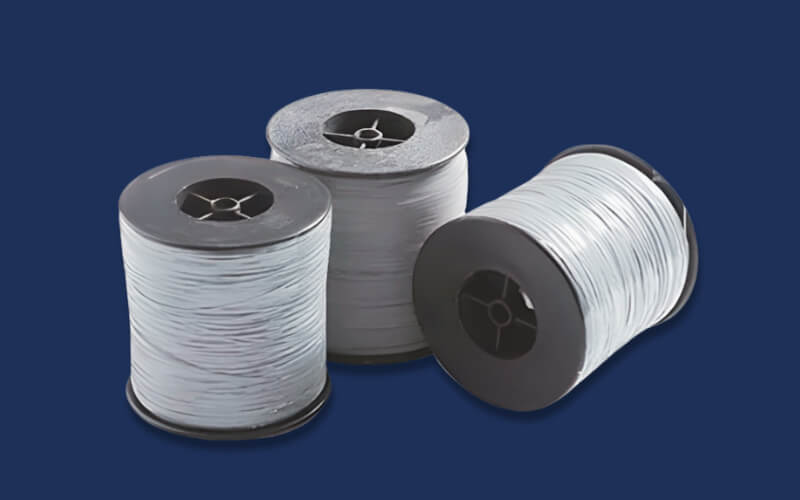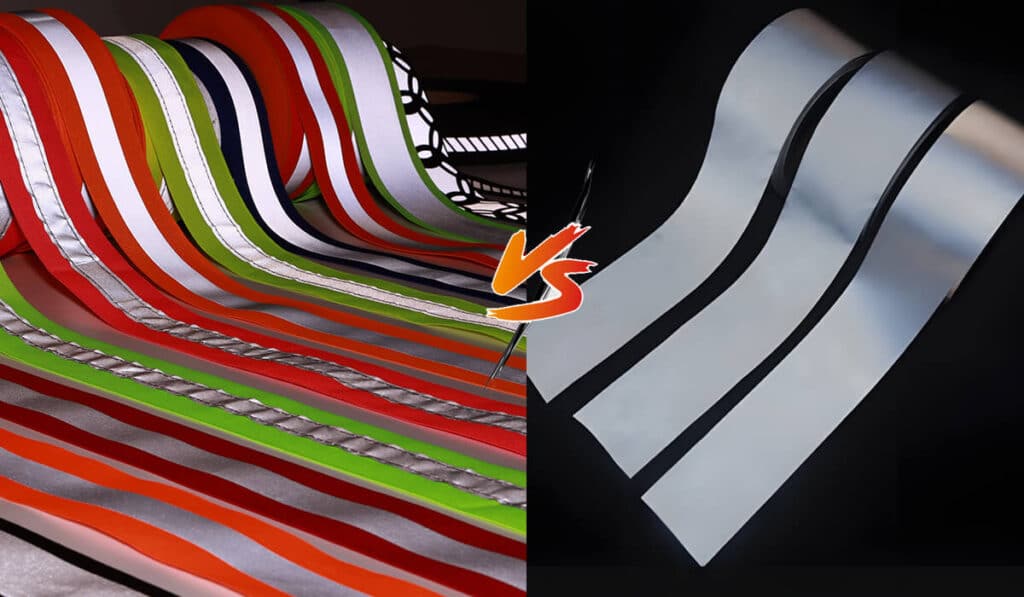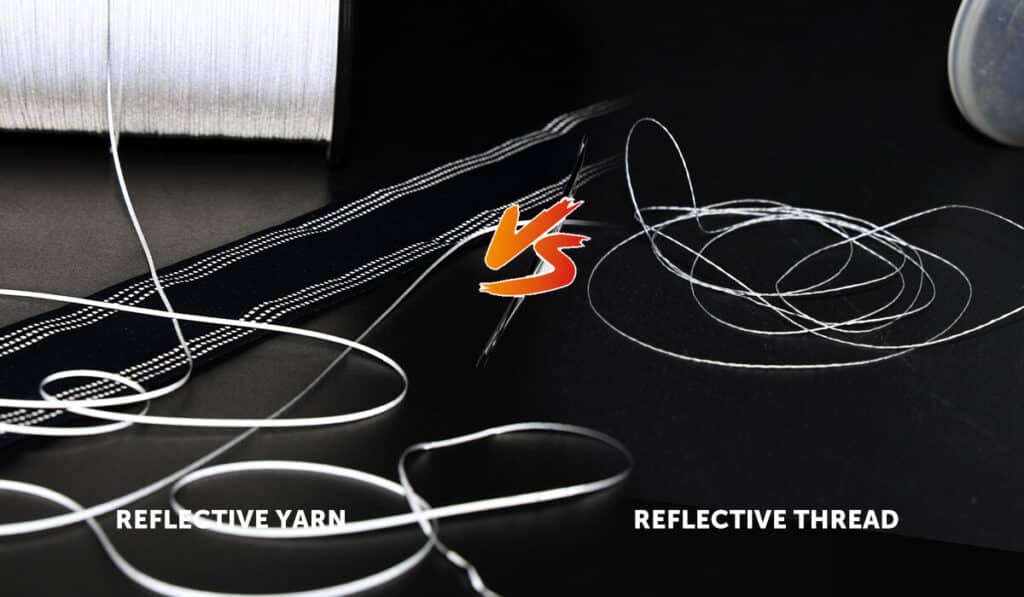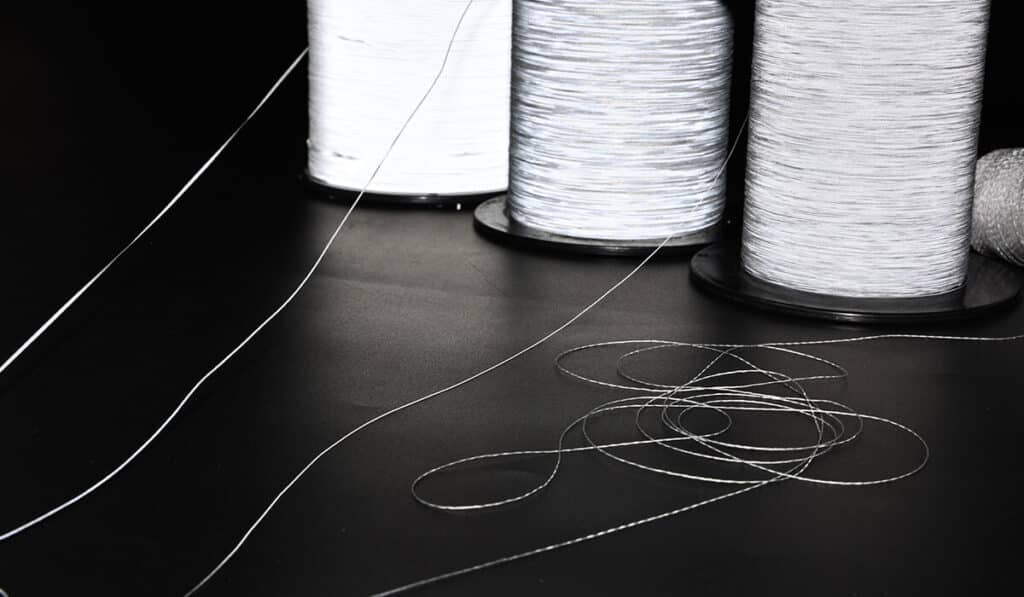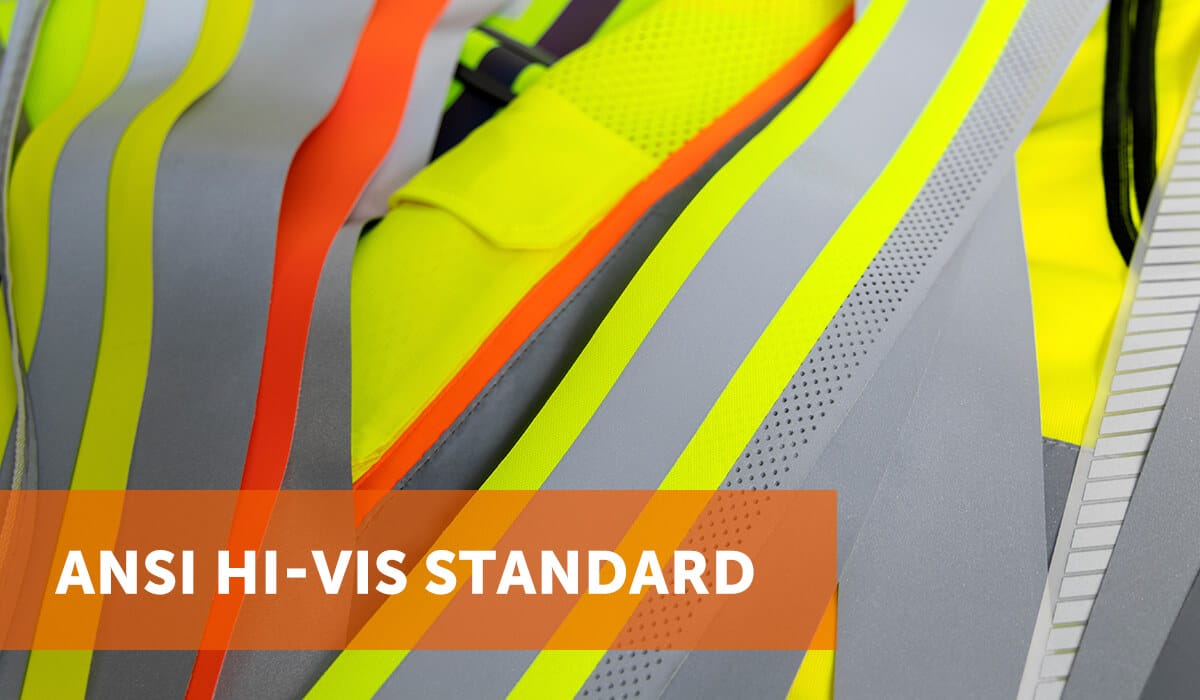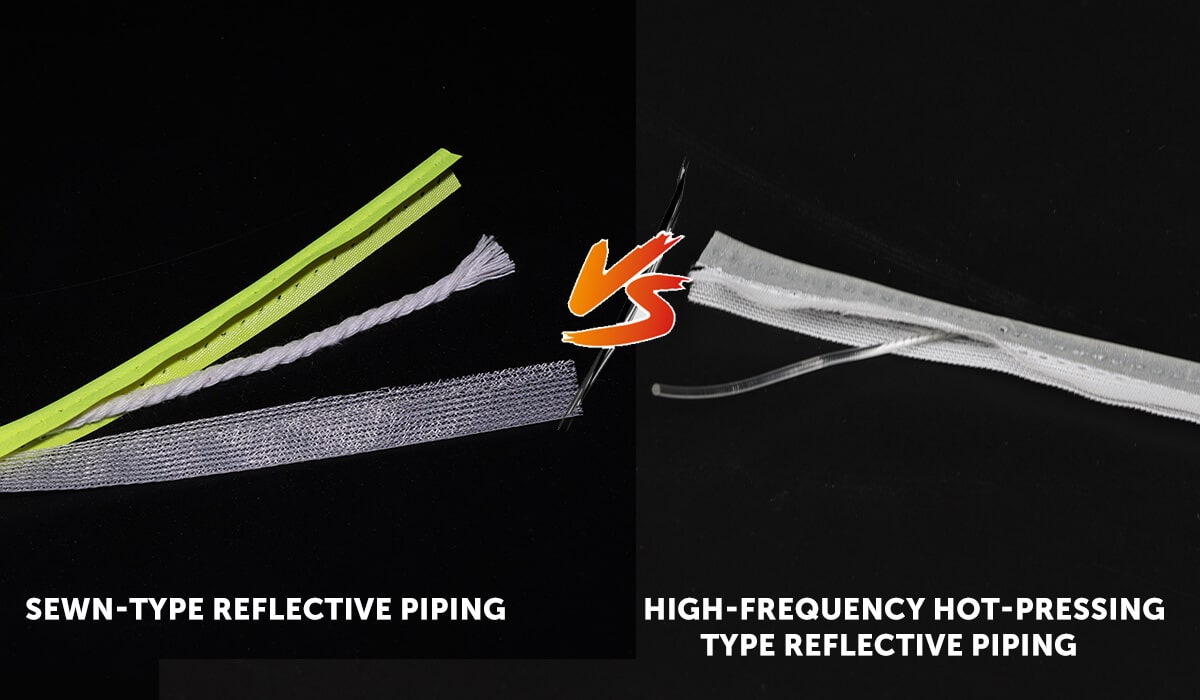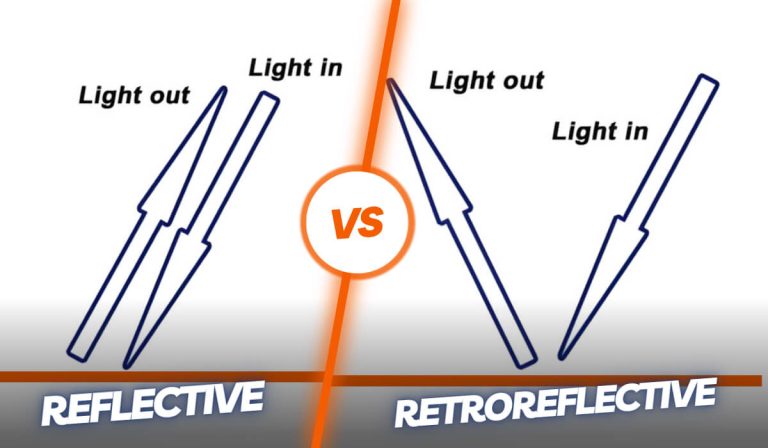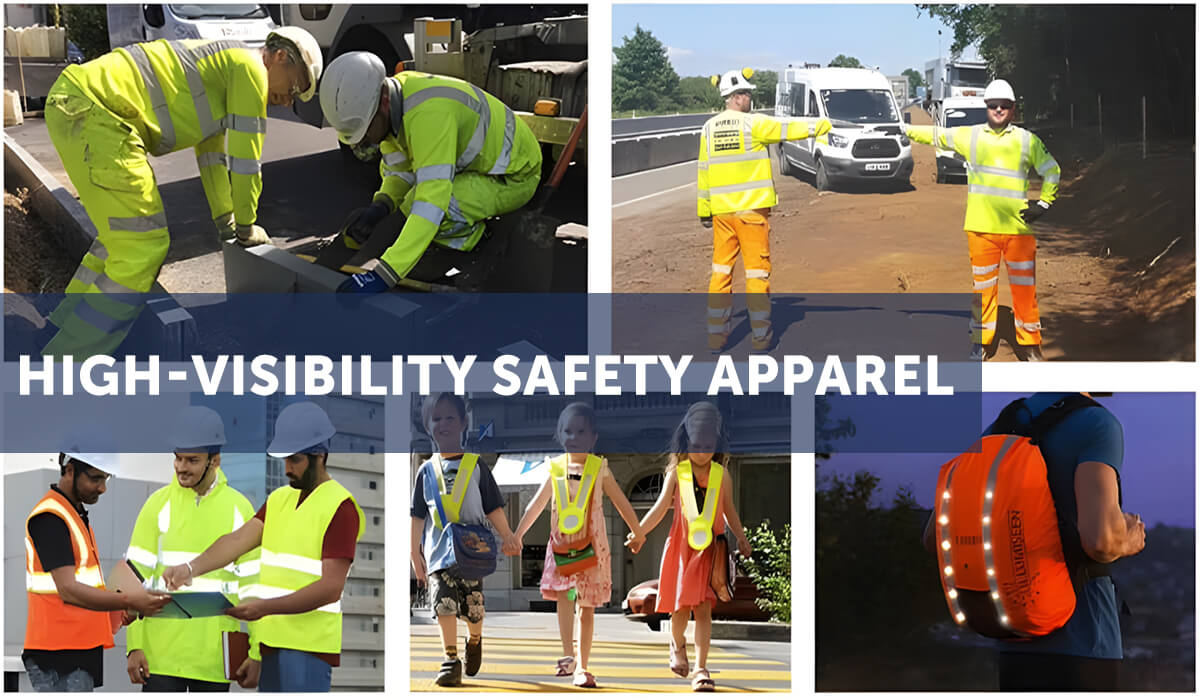The Difference Between Fluorescent and Retroreflective

MAX Reflective Accessories Design Director
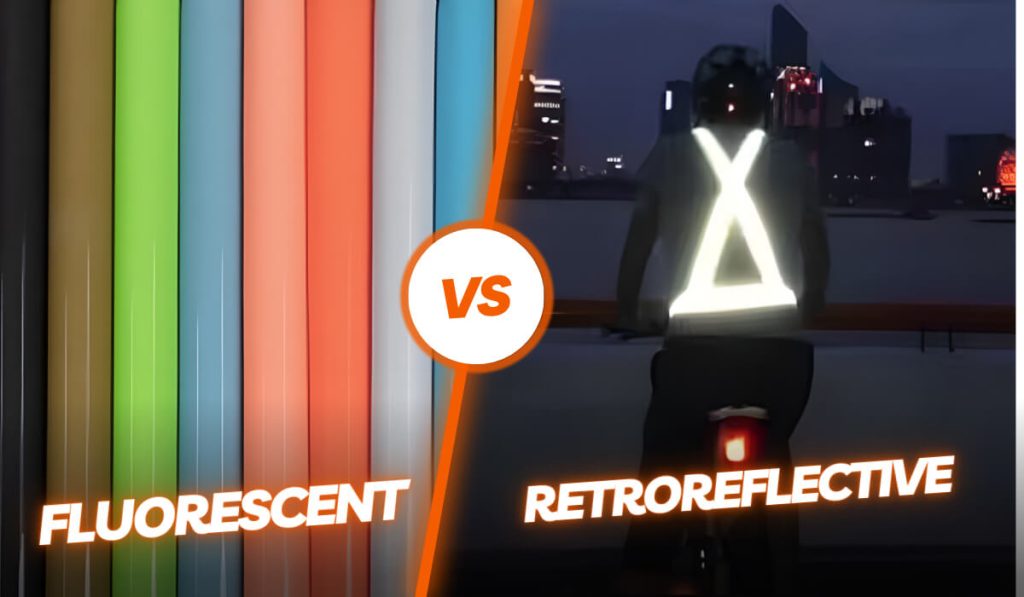
In a world where visibility can mean the difference between safety and danger—or between blending in and standing out—understanding reflective materials is crucial. At MAX, we specialize in merging safety with fashion, offering accessories that work as hard as you do.
In this blog, we’ll break down two key players in visibility technology: fluorescent and retroreflective materials. By the end, you’ll know exactly how they work, when to use them, and why they’re essential for modern safety and style.
Fluorescent Material: Daylight’s brightest ally
Fluorescent materials are daytime powerhouses. They contain unique pigments that absorb ultraviolet (UV) light from the sun and re-emit it as visible light, creating a glowing effect. Think of the neon hues in safety vests or highlighter-colored athletic wear—these are classic examples of fluorescence in action.
Luminescence principle
Fluorescence relies on UV exposure. Without sunlight or artificial UV sources (like blacklights), these materials won’t “glow.”
They come in eye-catching shades like electric yellow, orange, and pink, naturally attention-grabbing even without direct light.
Key Characteristics
- Daytime Dominance: Fluorescent colors are brightest under sunlight, making them ideal for construction zones, daytime cycling gear, or school crossing guards.
- Fashion Flexibility: Beyond safety, they’re popular in streetwear and sportswear for their vibrant, youthful aesthetic.
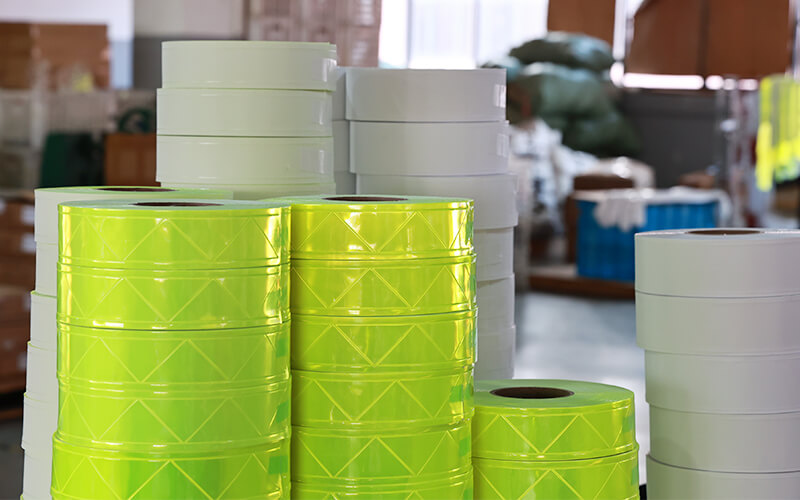
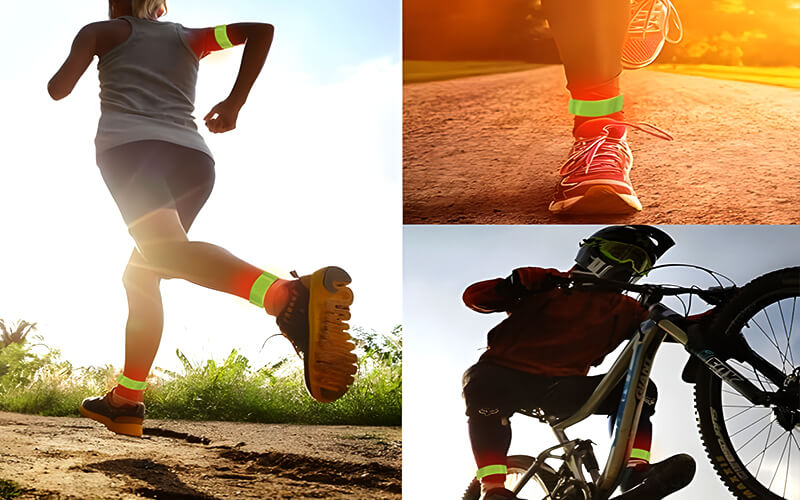
Retroreflective Material: Nighttime’s Guardian
Retroreflective materials, like car headlights, are engineered to bounce light directly back to its source. They’re the reason road signs “light up” at night and emergency responders wear strips on their gear.
Luminescence principle
These materials use microscopic structures—glass beads or prismatic lenses—to redirect light. When light hits them, it’s reflected along the same path (e.g., to a driver’s eyes). They only work when a light source (e.g., headlights, flashlights) is pointed at them.
Key Characteristics
- Nighttime Ninja: Retroreflective strips can be seen up to 1,000 feet away in darkness, giving drivers critical reaction time.
- Discreet by Day: Most appear silver or gray in daylight but can be layered over colored fabrics for dual-purpose use.
Real-World Use: Marathon runners wear retroreflective armbands to stay visible to traffic during early-morning or evening runs.
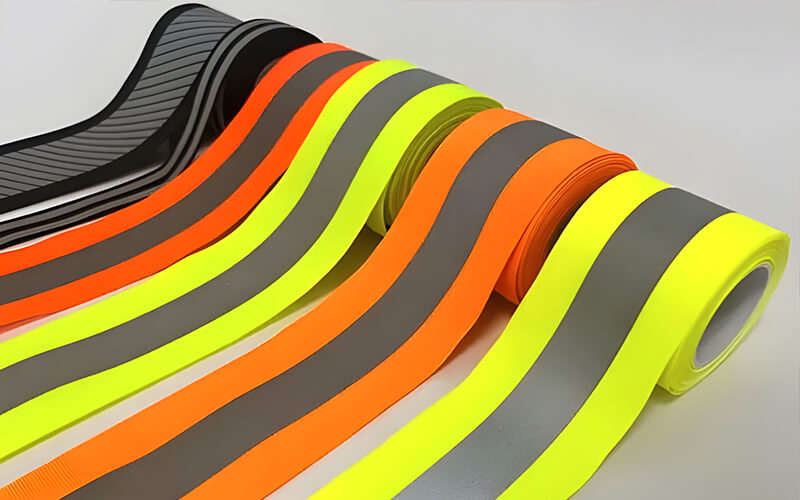
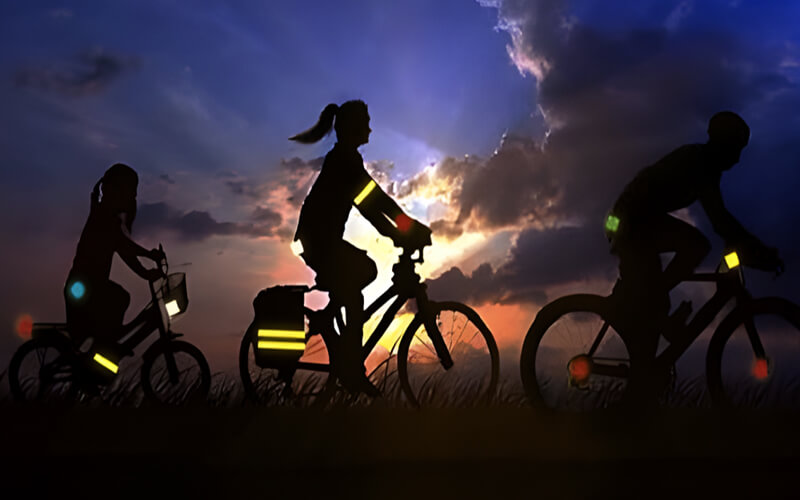
Fluorescent vs. Retroreflective: A Head-to-Head Comparison
To choose the right material, let’s pit them against each other in five critical categories:
| Category | Fluorescent | Retroreflective |
|---|---|---|
| Mechanism | Absorbs UV light to glow. | Reflects light directly to its source. |
| Best Performance | Bright daylight. | Darkness with direct light (e.g., night driving). |
| Applications | Daytime workwear, sportswear, fashion. | Road signs, nighttime safety gear, emergency services. |
| Durability | Colors fade after prolonged UV exposure. | Long-lasting if appropriately maintained. |
| Weather Resistance | Less visible in rain/fog. | Effective in rain, fog, and snow. |
- Daytime Hero: Fluorescent wins for outdoor work, sports, or fashion in sunlight.
- Nighttime Savior: Retroreflective is unmatched for roads, nighttime labor, or low-light activities.
- Ultimate Combo: Use both! Many high-risk professions (e.g., firefighters, road crews) use fluorescent clothing with retroreflective strips for 24/7 protection.
Conclusion
Fluorescent and retroreflective materials are two sides of the same coin—both vital for safety, but each excels in different conditions.
At MAX, we’ve mastered blending these technologies into reflective accessories that protect and impress. Whether you’re outfitting a construction team, designing a streetwear line, or want to stay visible on evening walks, we’ve got you covered.
Explore our Product Catalog to find the perfect balance of safety and style. For custom solutions, contact us—we’ll help you design gear that works day and night.
FAQs
Are fluorescent materials toxic?
Ours aren’t! We use non-toxic, eco-friendly pigments certified for wearable use.
Which material is better for rainy days?
Retroreflective outperforms fluorescent in wet conditions, as it doesn’t rely on ambient light.

Related blogs

Related products
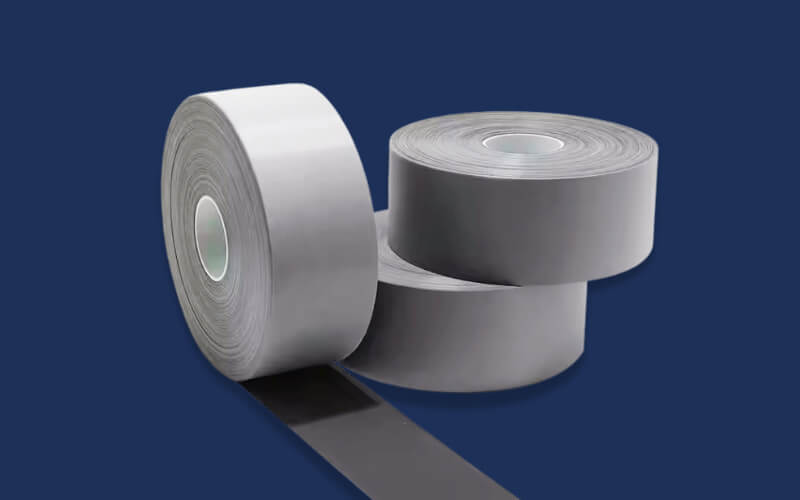
Reflective Tape For Clothing
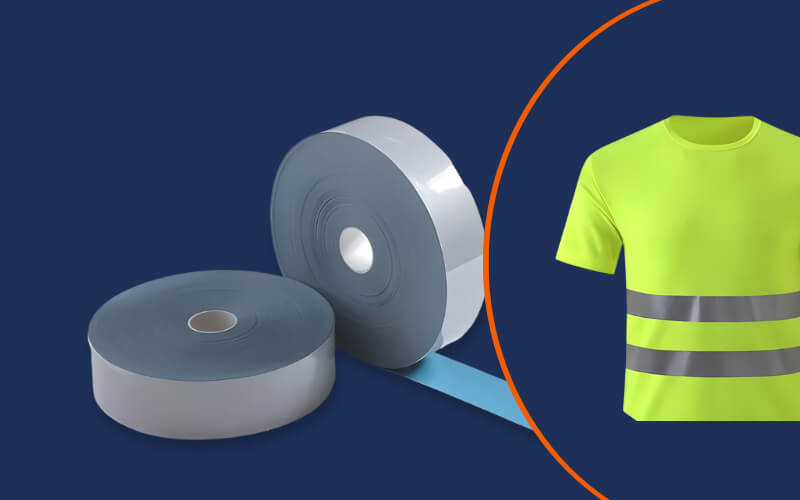
Reflective Heat Transfer Vinyl
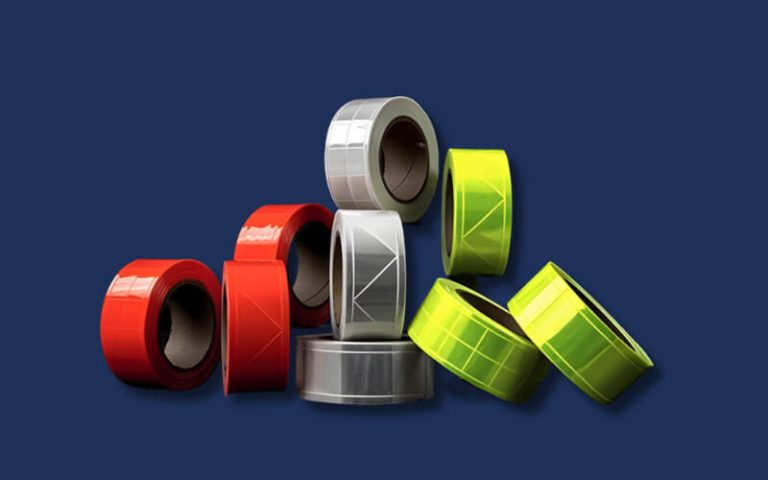
PVC Reflective Tape
